As the world’s largest professional networking platform, LinkedIn has over 1 billion users across 200 countries, making it the go-to hub for professionals worldwide. For B2B companies, LinkedIn is an indispensable tool for boosting brand awareness and expanding into international markets. According to the Content Marketing Institute (CMI) research, 85% of businesses believe LinkedIn marketing provides the most value, solidifying its position as a crucial channel in B2B marketing strategy.
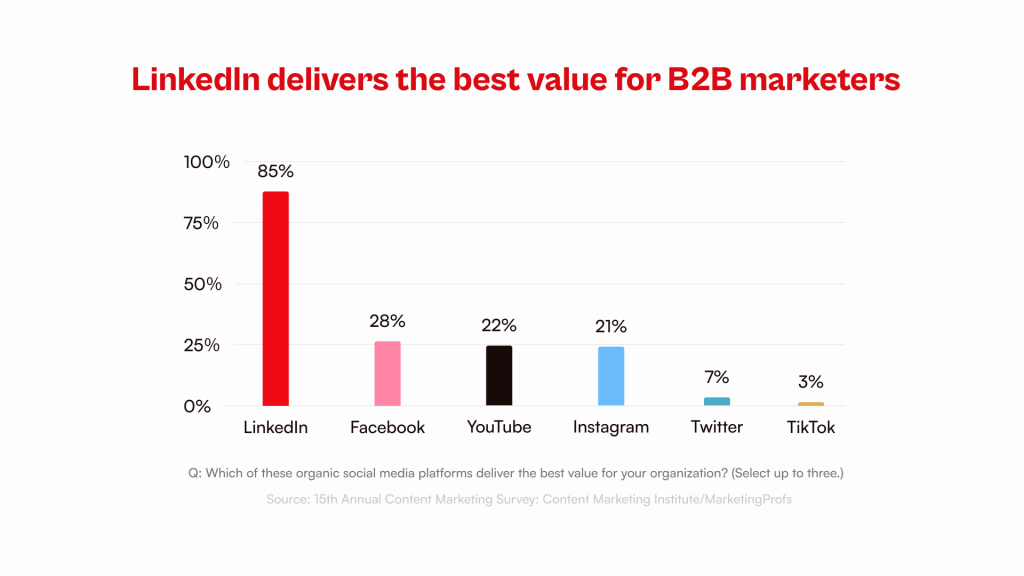
85% of businesses believe LinkedIn marketing provides the most value
Before We Dive In: The Three Key Advantages of LinkedIn Marketing
1. LinkedIn users have twice the purchasing power of other social media platforms
According to statistics, 54% of LinkedIn users fall into the high-income bracket, with four out of five influencing business decisions. This makes LinkedIn an exceptionally powerful marketing tool.
2. Highly customizable audience targeting – Precisely reach potential customers
One of LinkedIn Ads’ standout features is its robust audience-targeting capabilities. Unlike other platforms that rely solely on demographic data, LinkedIn offers over 20 targeting criteria, including industry, job title, skills, and personal interests. This allows businesses to effectively reach their ideal customers based on their unique strategies and growth objectives.
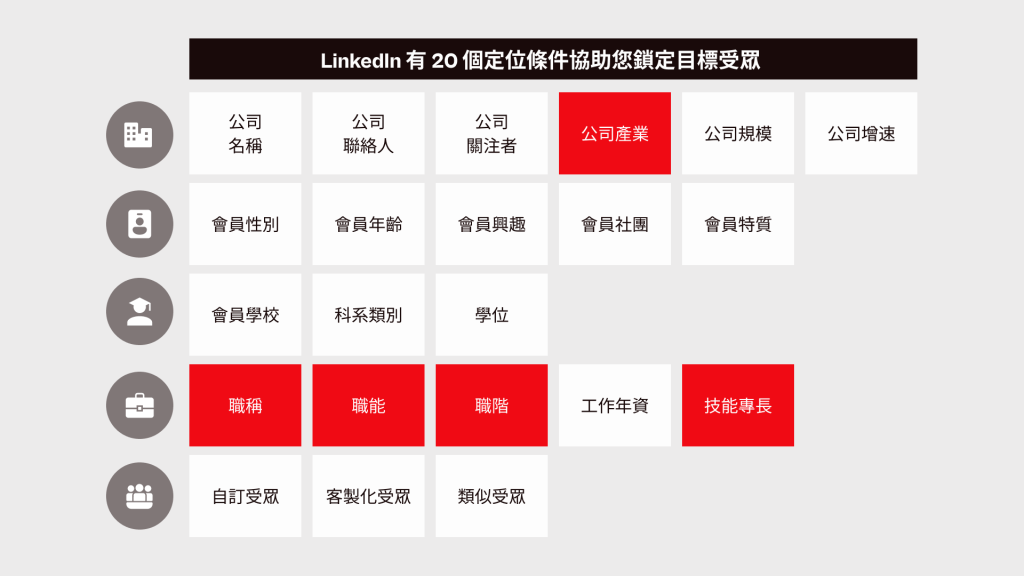
LinkedIn Audience Targeting Criteria
3. LinkedIn users are highly engaged and interactive
Not only are LinkedIn users highly active, but they are also more likely to engage with content that interests them. According to data, LinkedIn pages receive over 2 billion visits per month, with about 40% of users logging in weekly.
Even more compelling, one-third of users say they are more likely to do business with a company they see advertised on LinkedIn!
How to Develop a Winning LinkedIn Marketing Strategy for Your Business?
Given LinkedIn’s immense benefits, crafting a well-structured marketing strategy is crucial. Here are five essential LinkedIn marketing strategies to help your company establish a professional presence, enhance brand awareness, and maximize its impact.
Strategy 1: Build a Complete and Compelling LinkedIn Company Page
You may wonder—why is optimizing your company page so critical to LinkedIn marketing success?
Think of your LinkedIn page as a storefront. When potential customers pass by, the first things they notice are your branding, layout, and presentation. If the storefront is cluttered or lacks appeal, they might not even step inside. But if it’s well-designed and informative, they’ll be more inclined to explore further.
Your LinkedIn company page serves as your brand’s “storefront,” making a strong first impression that determines whether potential customers want to engage. A well-optimized company page can increase weekly views by 30%, making it the first step in building brand credibility.
How to Optimize Your Company Page:
✔ Complete your profile: Include company descriptions, services, and brand philosophy to quickly inform visitors.
✔ Use high-quality visuals: Your logo and cover image play a crucial role in first impressions—make sure they’re professional and aligned with your brand identity.
✔ Optimize your description with keywords: Fill out the “About Us” section with key insights, leveraging keywords for better SEO visibility.
✔ Post regularly: Share company news, success stories, and industry trends to maintain an active LinkedIn presence.
Strategy 2: Set Clear Marketing Goals
Running a LinkedIn campaign without clear objectives is like driving without a GPS—you may move forward, but you might not reach your destination.
Defining clear goals ensures your LinkedIn marketing strategy stays on track and delivers measurable results. Common LinkedIn marketing objectives include:
- Increasing brand awareness
- Generating leads
- Strengthening employer branding and talent acquisition
- Establishing thought leadership
While many businesses focus on LinkedIn to drive sales, B2B purchasing cycles are typically longer and involve multiple decision-makers and budget considerations. The key to LinkedIn success lies in “building a professional community” — fostering valuable interactions with your audience to establish trust and credibility.
Strategy 3: Identify Your Target Audience – Who Should See Your Content?
To effectively capture the interest of potential customers, you must first identify your target audience and tailor your content accordingly.
Start by pinpointing key decision-makers within your target industries or companies and gaining insights into their pain points, preferences, and needs. One effective method is creating “Buyer persona” — detailed profiles of your ideal customers—to refine your marketing strategy and strengthen engagement.
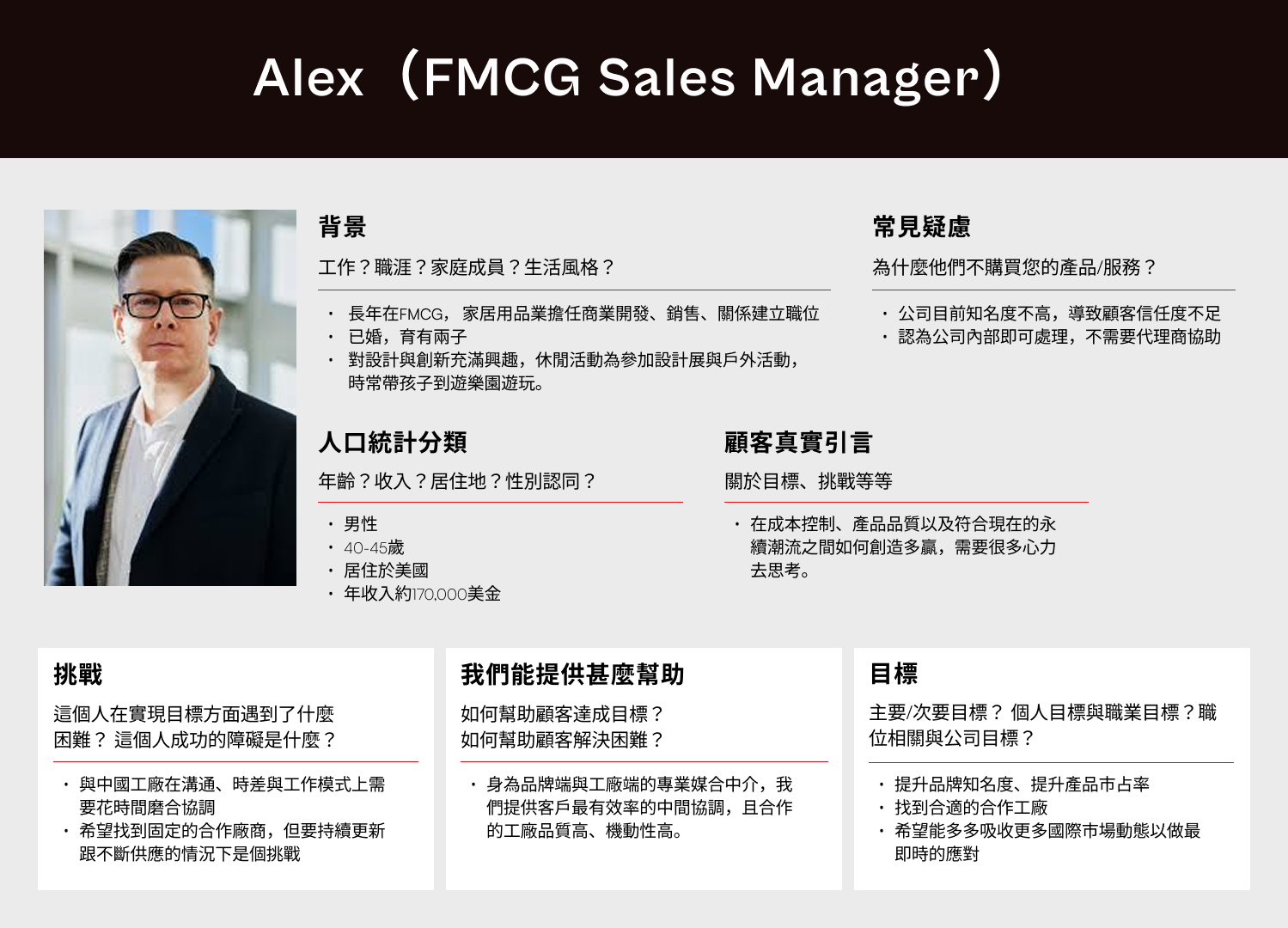
Customer Persona Example
Strategy 4: Share Valuable Content – Find the Right Balance Between Professionalism and Engagement
Content is king — you don’t need to post daily, but every post should provide value to your audience.
Content marketing remains at the core of social media success, and on LinkedIn, “professionalism” and “value” are key drivers of engagement. When planning content, consider what your audience truly needs—are they looking to learn about your brand, or do they need practical industry insights?
Popular LinkedIn content topics include:
- Industry trends and insights
- Product/solution introductions
- Corporate culture and employee stories
- Case studies and success stories
To maximize engagement, incorporate compelling visuals such as images, videos, or infographics. Also, don’t forget to use hashtags strategically to enhance content visibility!
What Type of Content Performs Best on LinkedIn?
The most effective LinkedIn content formats include:
- Image posts: Posts with images receive twice as many comments, and carousel-style image posts perform even better.

- Video posts: Video content attracts more attention, generates more shares, and significantly boosts brand visibility.
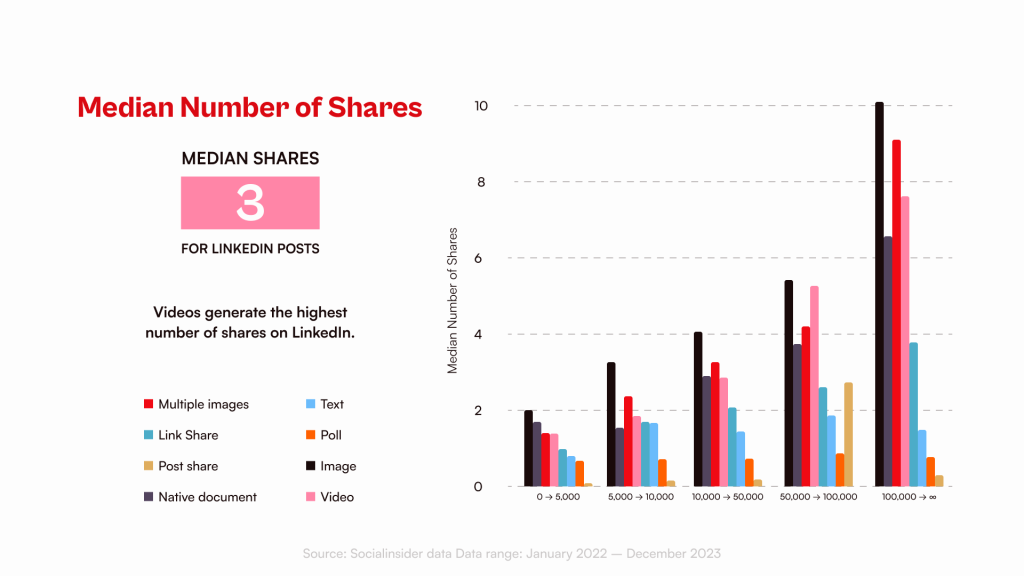
Video Content Can Increase Shareability for Brands
- Carousel Posts – Engaging Storytelling with Higher Reach: Showcasing multiple images in a carousel format allows for a more complete storytelling experience. Plus, carousel posts have 1.6 times higher reach than standard image posts!
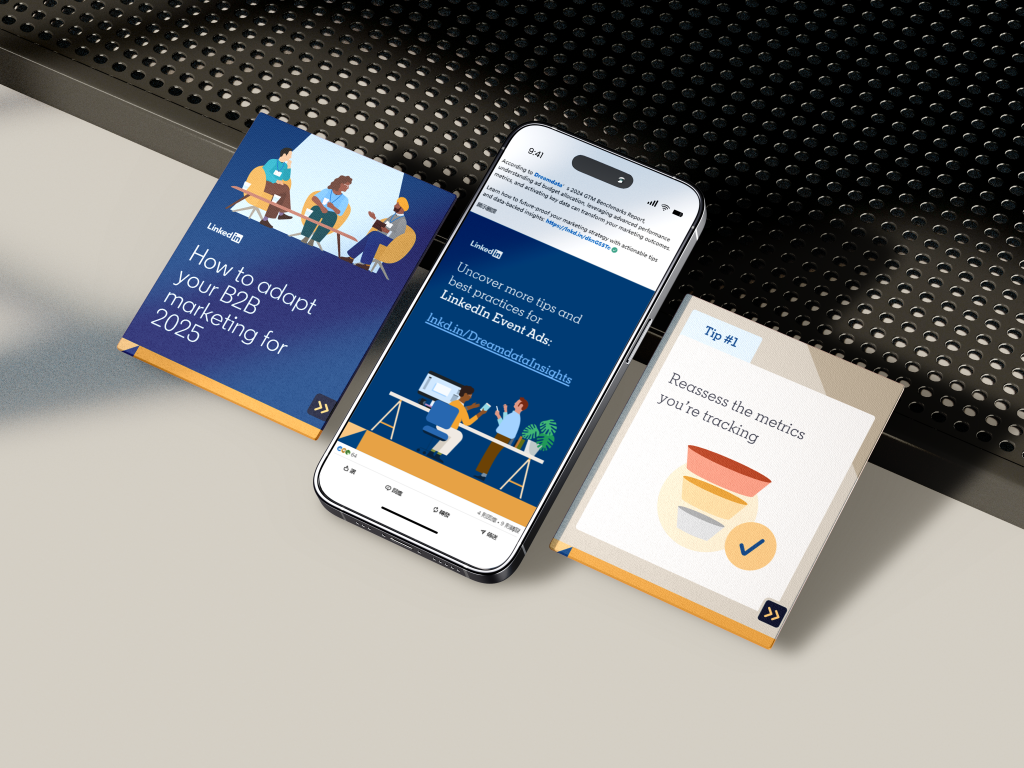
- Polls & Surveys – Boost Engagement and Brand Influence: Incorporating polls and surveys encourages audience interaction. These posts achieve 1.99 times higher reach than image posts, making them a great tool to increase engagement and strengthen brand presence.
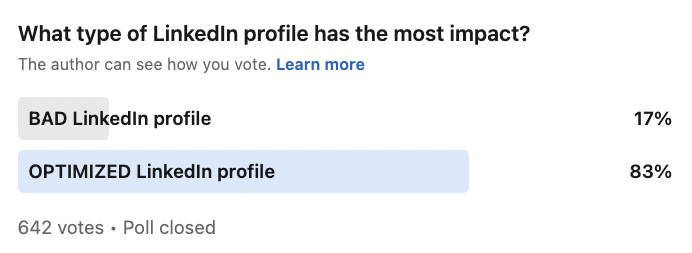
By implementing these LinkedIn marketing strategies, your business can effectively engage its audience, build credibility, and unlock new opportunities in the B2B space.
Strategy 5: Maximize Impact with LinkedIn Ads
If your business aims to quickly enhance brand visibility and connect with potential clients, LinkedIn ads are a worthwhile investment. Compared to Meta or Google ads, LinkedIn offers more precise audience targeting, allowing businesses to efficiently deliver tailored content and maximize marketing results.
LinkedIn provides a variety of ad objectives, including:
- Brand awareness
- Engagement ads
- Website traffic
- Lead generation
Conclusion
LinkedIn marketing has become an essential channel for B2B companies looking to expand into international markets and discover new business opportunities. Successful social media management goes beyond simply posting content — it requires a well-rounded strategy and continuous optimization. From building a professional page and creating valuable content to actively engaging with your audience and leveraging targeted advertising with data-driven insights, every step is crucial for brand growth.
At Geber, we’ve helped numerous Taiwanese B2B companies navigate LinkedIn marketing, from social media strategy, content creation to advertising. We work closely with LinkedIn to provide professional consulting services tailored to your business needs.
Interested in learning more about LinkedIn marketing? Contact us now!









